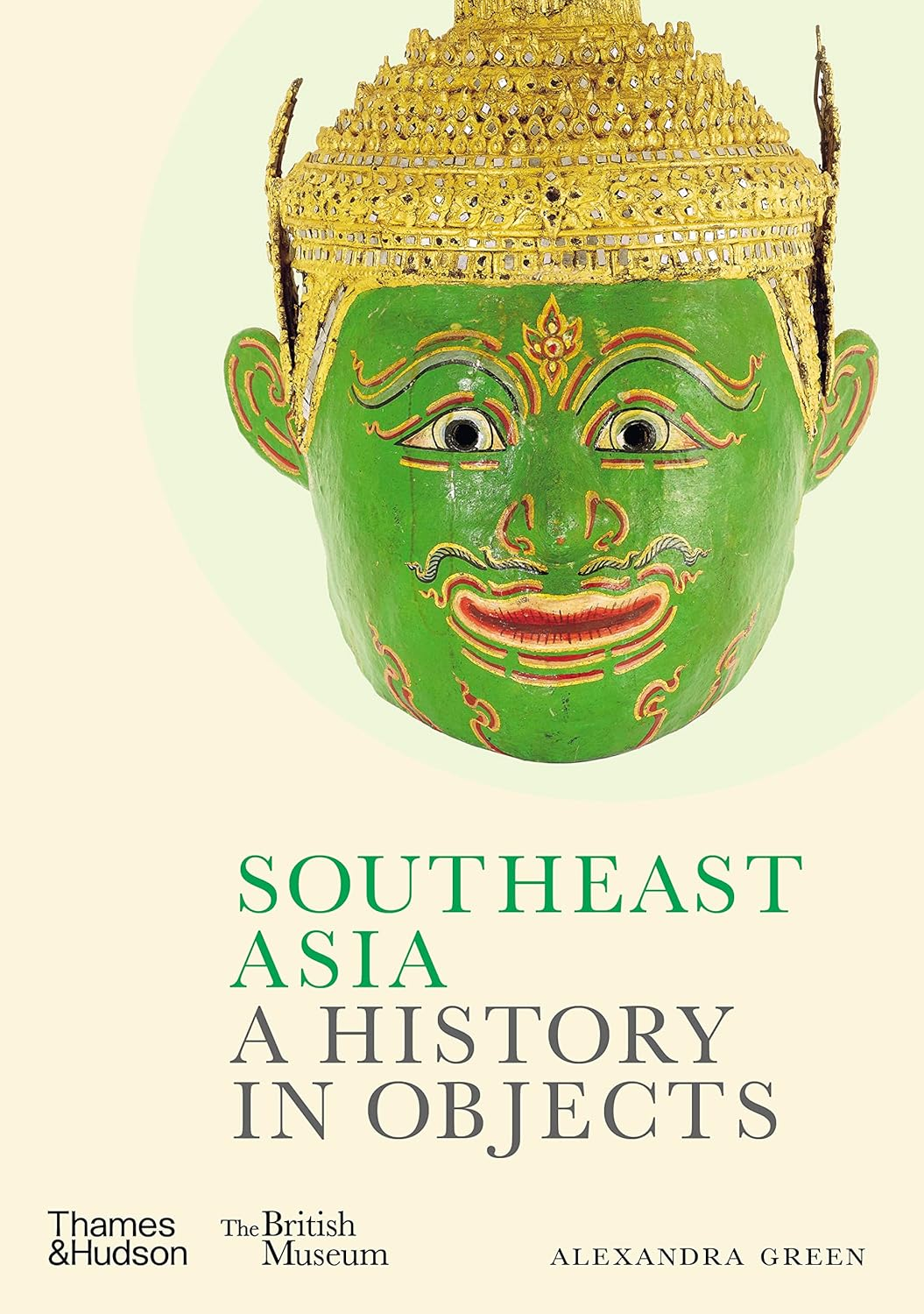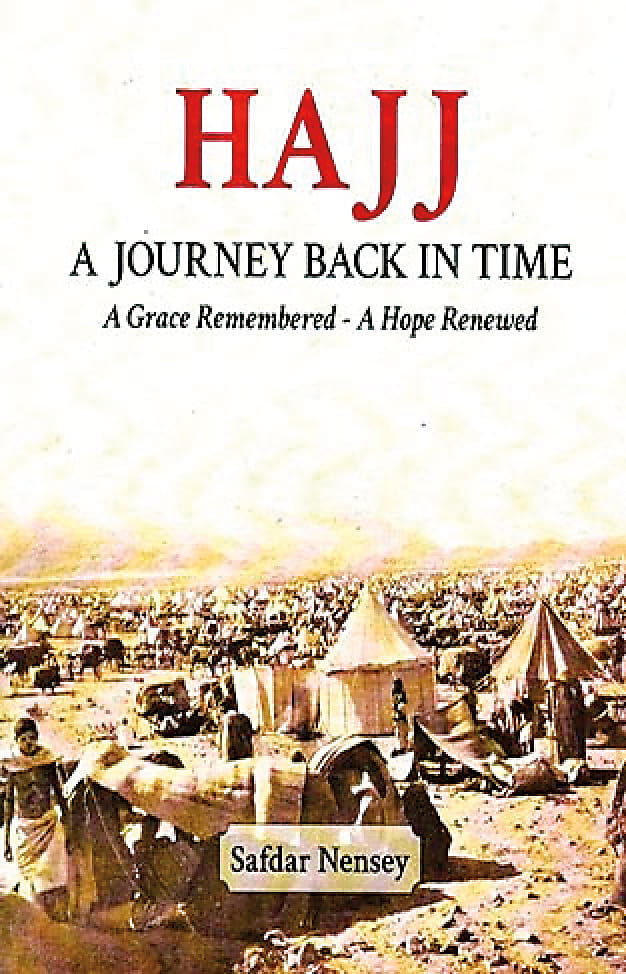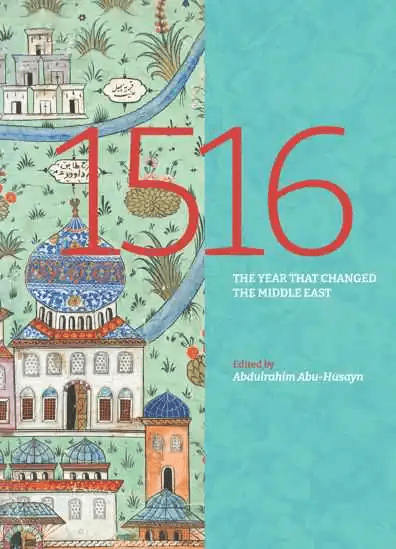
British Museum Curator Takes Readers on Journey Spanning 6,000 Years
Reviewed by Kyle Pakka
Southeast Asia: A History in Objects
Alexandra Green. 2023, Thames & Hudson
“Southeast Asia’s openness to the outside world meant that new ideas were constantly being integrated into local cultural frameworks, creating the myriad art forms of the region.”
Alexandra Green, a curator of Southeast Asia at the British Museum, takes readers on a journey spanning 6,000 years, highlighting objects from Neolithic stone tools to contemporary paintings that show how the region’s indigenous arts and crafts evolved as they absorbed influences from waves of merchants and travelers. In the early ninth century CE, Arab and Muslim Indian traders arrived in the region. The first sultanate was established in northeastern Sumatra, a major Indonesian island west of Malaysia, at the end of the 13th century CE. The rulers of Malacca, a major commercial center on the west coast of Peninsular Malaysia, converted to Islam in the 1430s. An early-17th-century silver tanka coin, from the Bengal Sultanate, with inscriptions in the Persian, Bengali and Rakhine languages, captures the interplay of cultures. Religion and trade connected Southeast Asia and the Middle East: Westward went spices, ceramics and pilgrims to Makkah; eastward came calligraphic forms. By the mid-19th century, the fez begat the elliptically shaped embroidered peci worn by men throughout Indonesia. More recent contemporary Islamic trends in regional art are reflected in the 1960s Sultan Mosque in Singapore, blending Middle Eastern and Indian styles. The tradition of mixing cultural influences with native art continues today, manifesting itself in a version of Semar, a traditional Javanese shadow puppet, rendered as a hip-hop singer. The book’s bright, uncluttered layout makes the artwork pop off the page, and readers interested in the region or art history will find much to enjoy here.
You may also be interested in...

Hajj: A Journey Back in Time: A Grace Remembered-A Hope Renewed
Safdar Nensey's Hajj: A Journey Back in Time invites readers into one of the world's oldest and most sacred annual expeditions: the Muslim pilgrimage to Makkah.
Editor Challenges Readers To Witness Islamic History Sans the Modern Lens In New Book
In 1516, Ottoman Sultan Selim I entered Damascus clean-shaven. What followed changed Arab-Turkish relations for 400 years.